Deterioration of Biodiversity
Earth is the only known habitable planet in the solar system and that is due to rich, complex and sensitive biodiversity. Biodiversity refers to all the variety of life found on Earth – from the smallest microorganisms to the biggest animals – and their natural habitats. The natural biodiversity protects freshwater resources, ensures soil nutrition, crop sustainability, food security and our survival.

Biodiversity deterioration is caused by excess human intervention that leads to habitat loss, invasive species, overexploitation (extreme hunting and fishing pressure), pollution, and climate change. Disruption of the delicate ecological balance, especially in bio-diverse hotspots can lead to environmental disasters such as forest fires, land slide, floods, cloudburst etc. This leads to soil erosion, habitat loss and ultimately extinction of vulnerable species. Such drastic changes cause climatic fluctuations that further destabilize the ecosystem. Global wildlife populations have fallen 68% since 1970 and nearly 1 million species are facing extinction due to habitat destruction and climate change. However, according to a UN report, ‘it is not too late’ to stop this crisis. It emphasises a warning that action is needed now through awareness , and accountability from governments to make decisions in favour of the environment.
Spotted Owlets
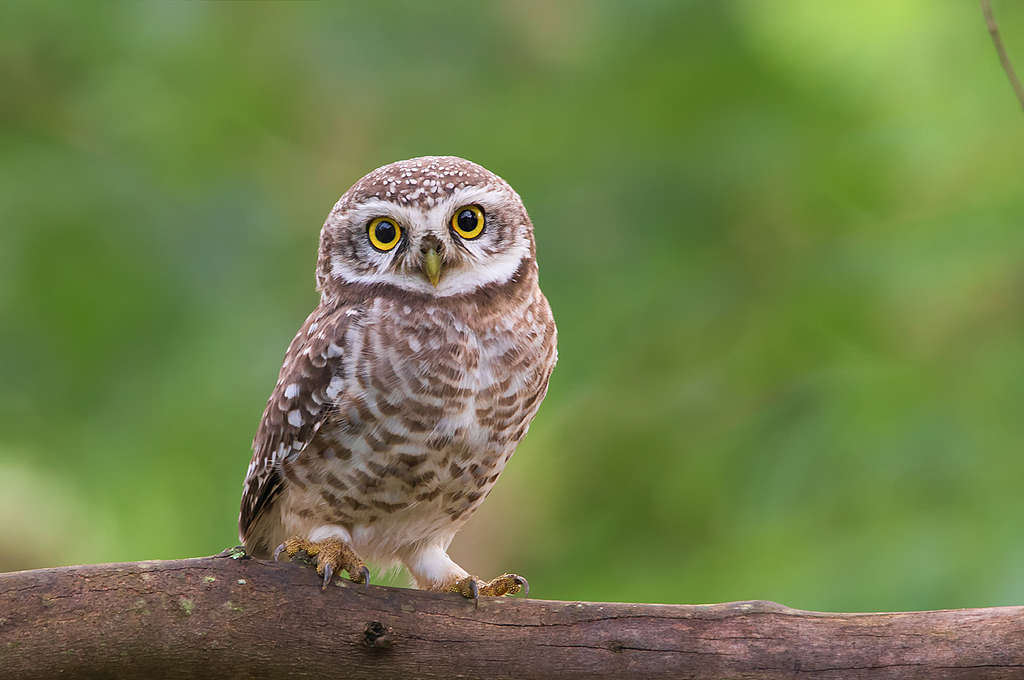
Owls are my all time favourites to photograph.
Spotted owlets are nocturnal hunters of insects and small vertebrates and sleep during the day.
Rudy Shelducks
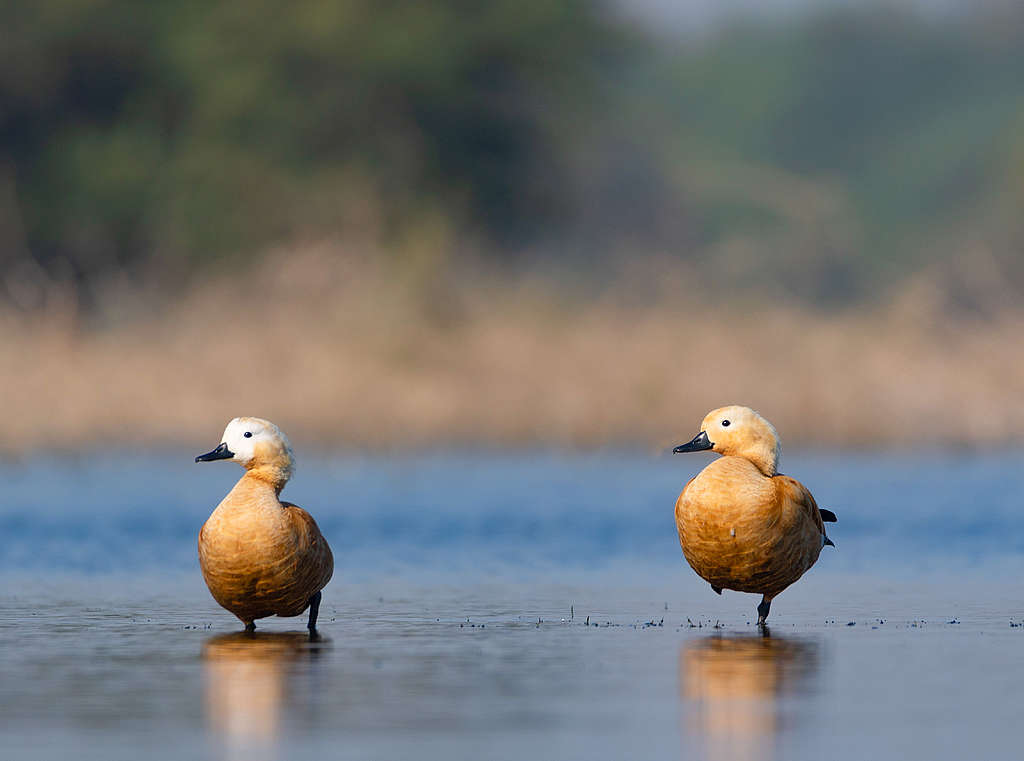
Rudy shelducks are a species of waterfowl found in the water. Also known as the Brahminy duck, rudy shelducks are usually found in pairs or small groups.
Indian Leopards
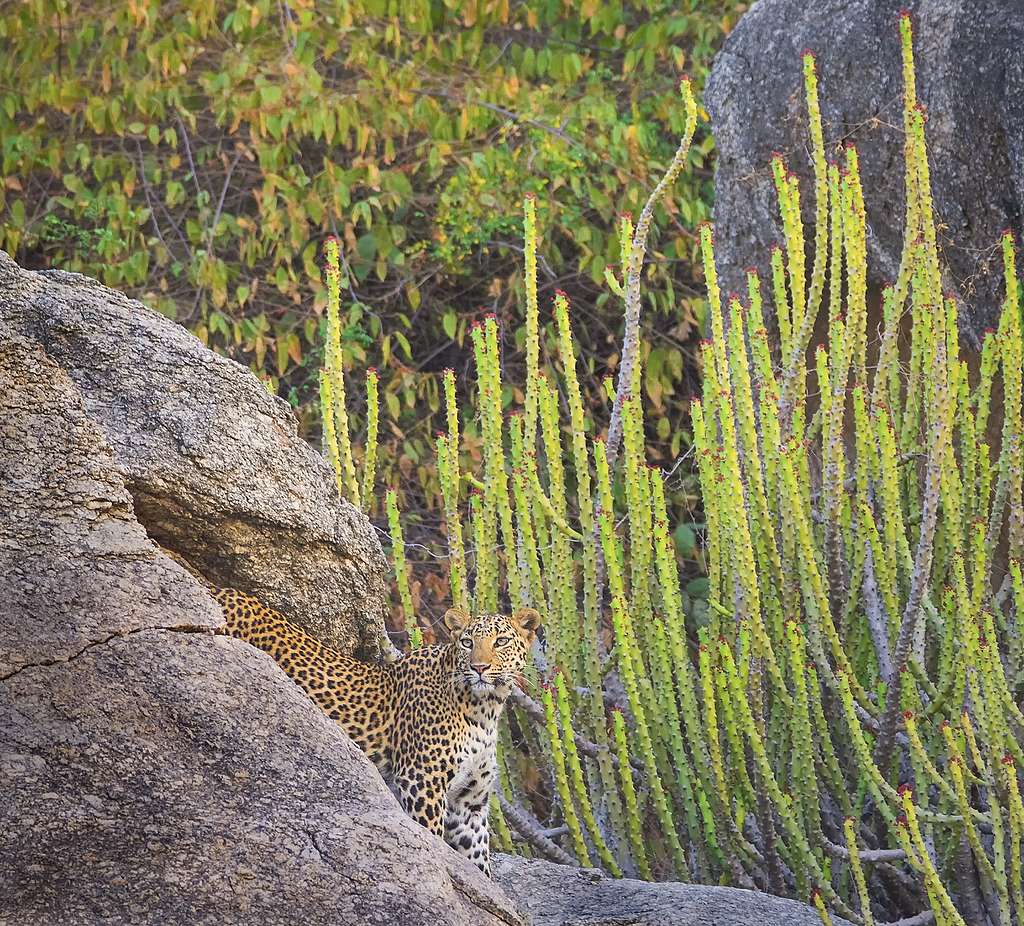
Indian leopards are usually found in dense forests. It’s difficult to spot them in a forest inhabited by tigers or lions as they are a little shy and illusive[1] . I took this photo in an unexpected leopard habitat – a rocky mountain cave in Jawai, situated in Rajasthan, India.
Indian Fox
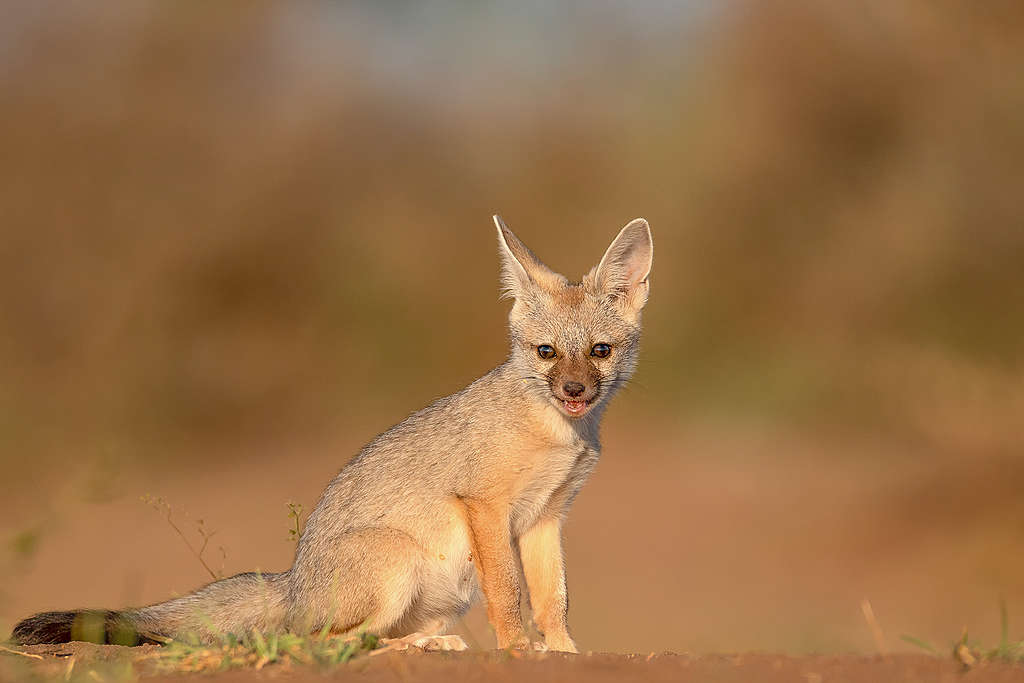
The Indian fox, also known as the Bengal fox, lives in a den. They usually spend their days in warm sunshine. The Indian fox prefers a den with multiple openings, so they can have multiple entry and exit points to confuse predators and stay safe.
Tiger
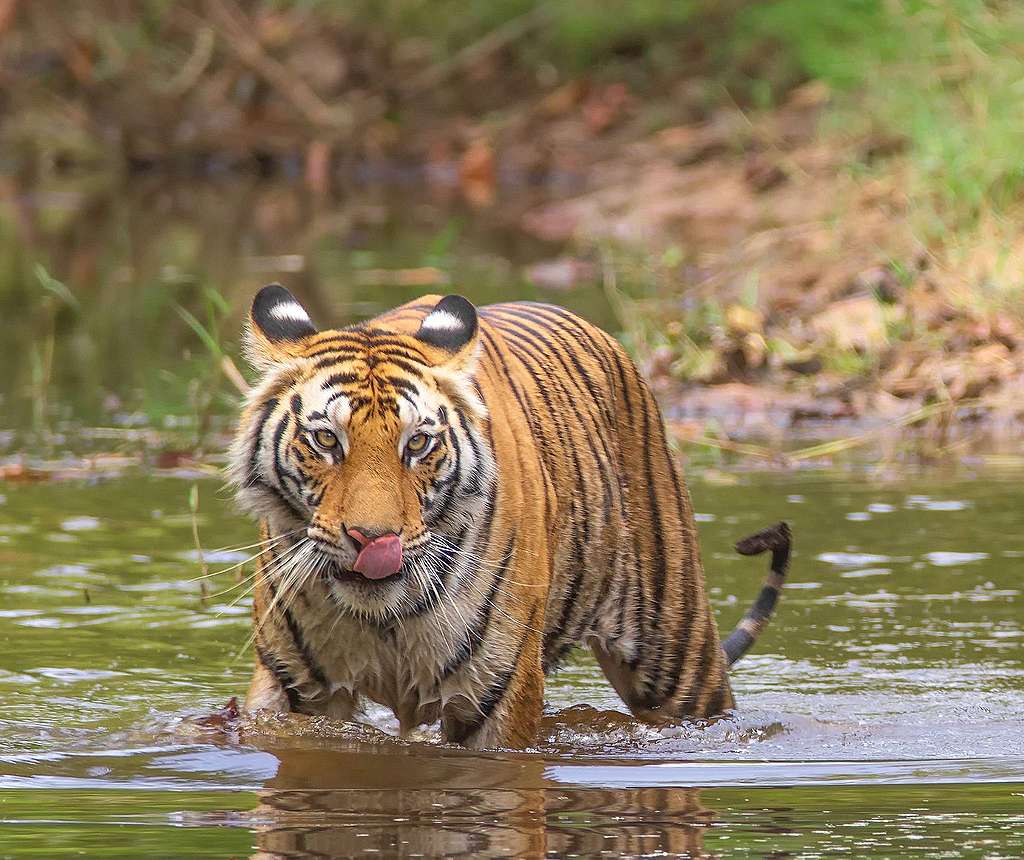
This was taken during my trip to Bandhavgarh National Park, Madhya Pradesh. I couldn’t sleep because of the excitement and I was up at 03:00 am to get ready for my safari that morning.
Tigers are listed as endangered in the IUCN (International Union for Conservation of Nature) Red List. Tigers are apex predators and feature on top of the forest food chain. They play a key role in maintaining the balance between herbivores and forest vegetation.
Asiatic Lions
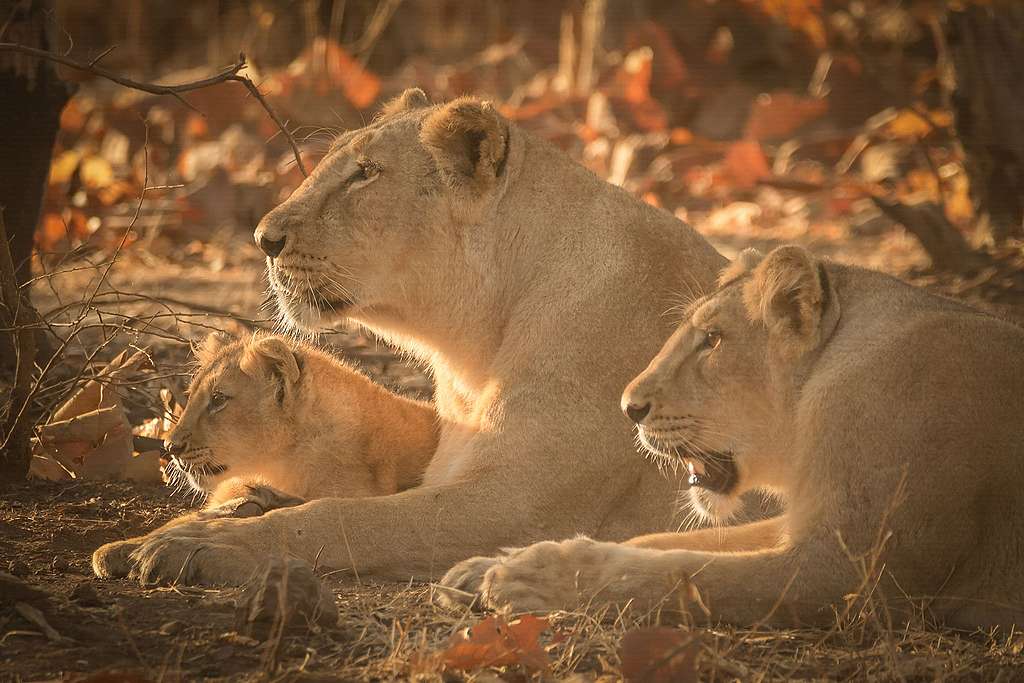
Being passionate about Wildlife photography, it has been my dream to capture the spectacular Asiatic Lion. The best moment of all was when we saw a lion cub cuddling with its mother.
The Gir National Park is a wildlife sanctuary which is situated in Gujarat and is the only home to the Asiatic Lions. The Asiatic Lion is one of the five big cats species found in India. Asiatic Lions are listed as endangered and naturally exist as a single population only in Gujarat.
One-horned rhinoceroses
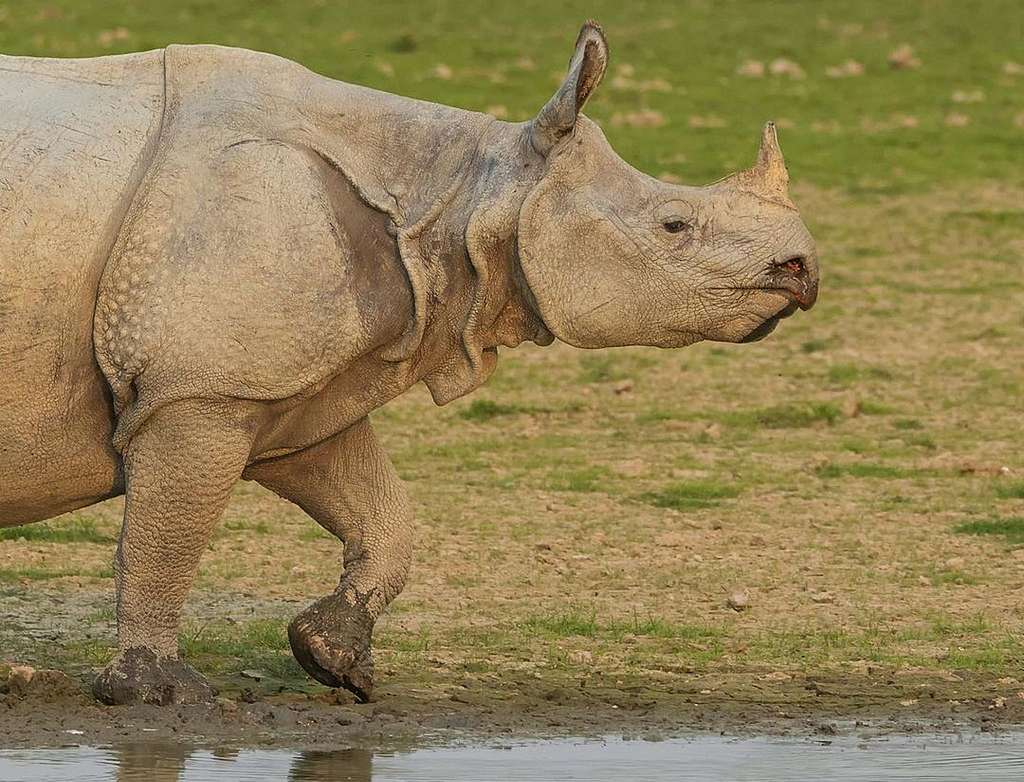
‘Kaziranga National Park, a protected area in the state of Assam, has the world’s largest population of Indian one-horned rhinoceroses. The park boasts of a sizable tiger and elephant population as well and is visited by many rare migratory birds. It is a UNESCO World Heritage Site.
The greater one-horned rhinoceros were once present across the entire stretch of the Indo-Gangetic Plain. But excessive hunting and conversion of forest land to fields have drastically reduced their population.
The rhino is listed as vulnerable on the IUCN (International Union for Conservation of Nature) Red List, as now their populations are fragmented and restricted to less than 20,000.
The Indian rhinoceros helps maintain the health and balance of the ecosystem. The one-horned rhinoceros are mega herbivores grazing in both short as well as the tall dense grasslands, opening them up for other herbivore species.
(Hardik Shelat is a Wildlife Photographer in India)

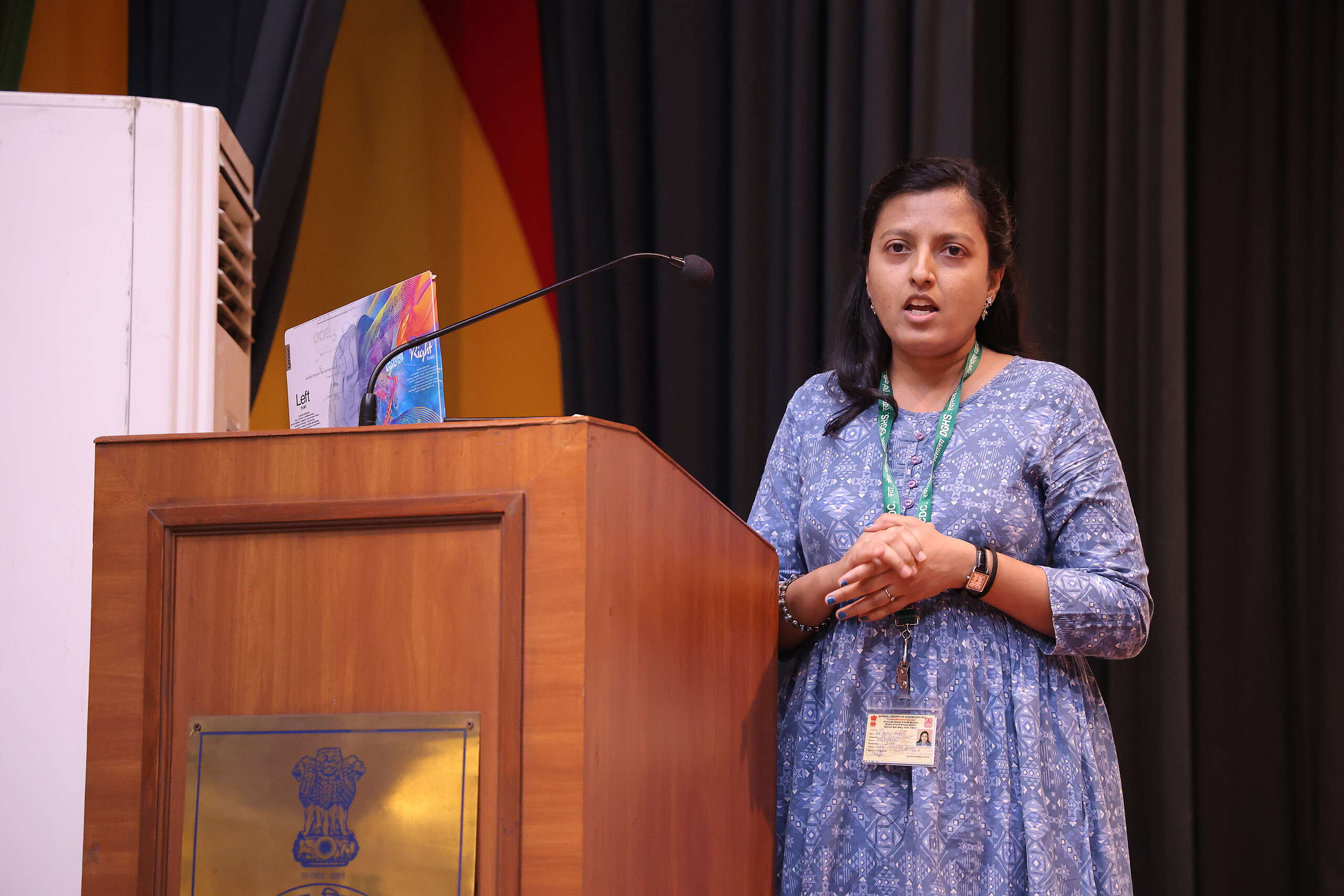

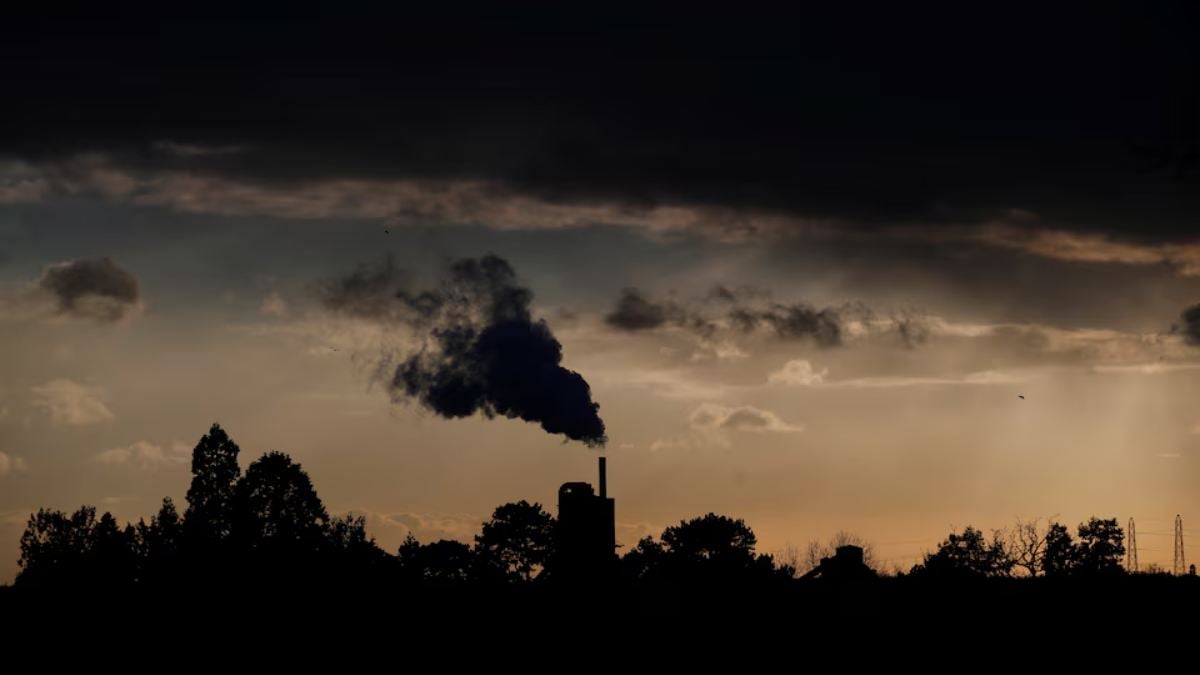
Discussion
A great amount of biodiversity forest habitat is being taken over in lower Assam by settling illegal migrants. Can Greenpeace take this cause and save our green cover of Brahmaputra basin?